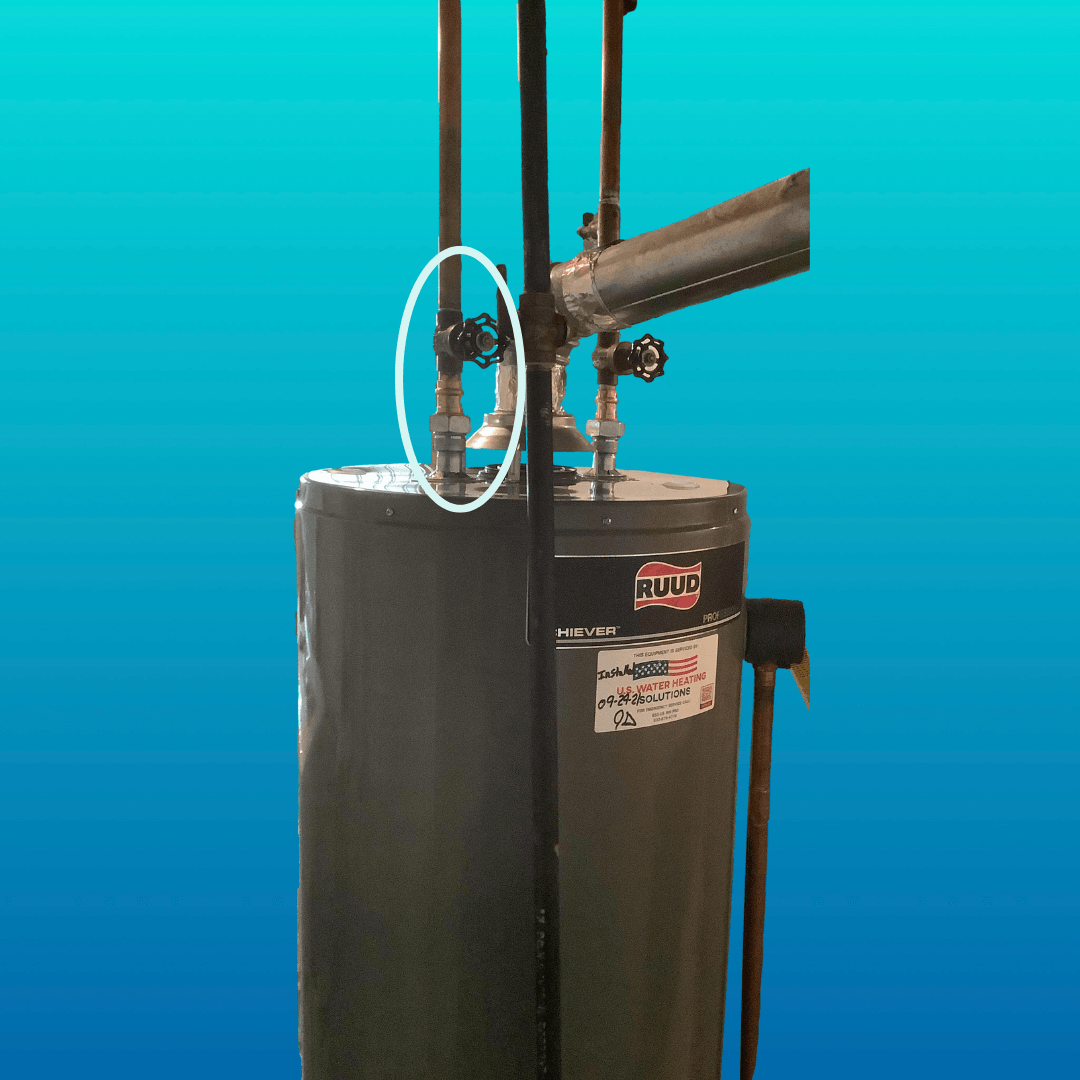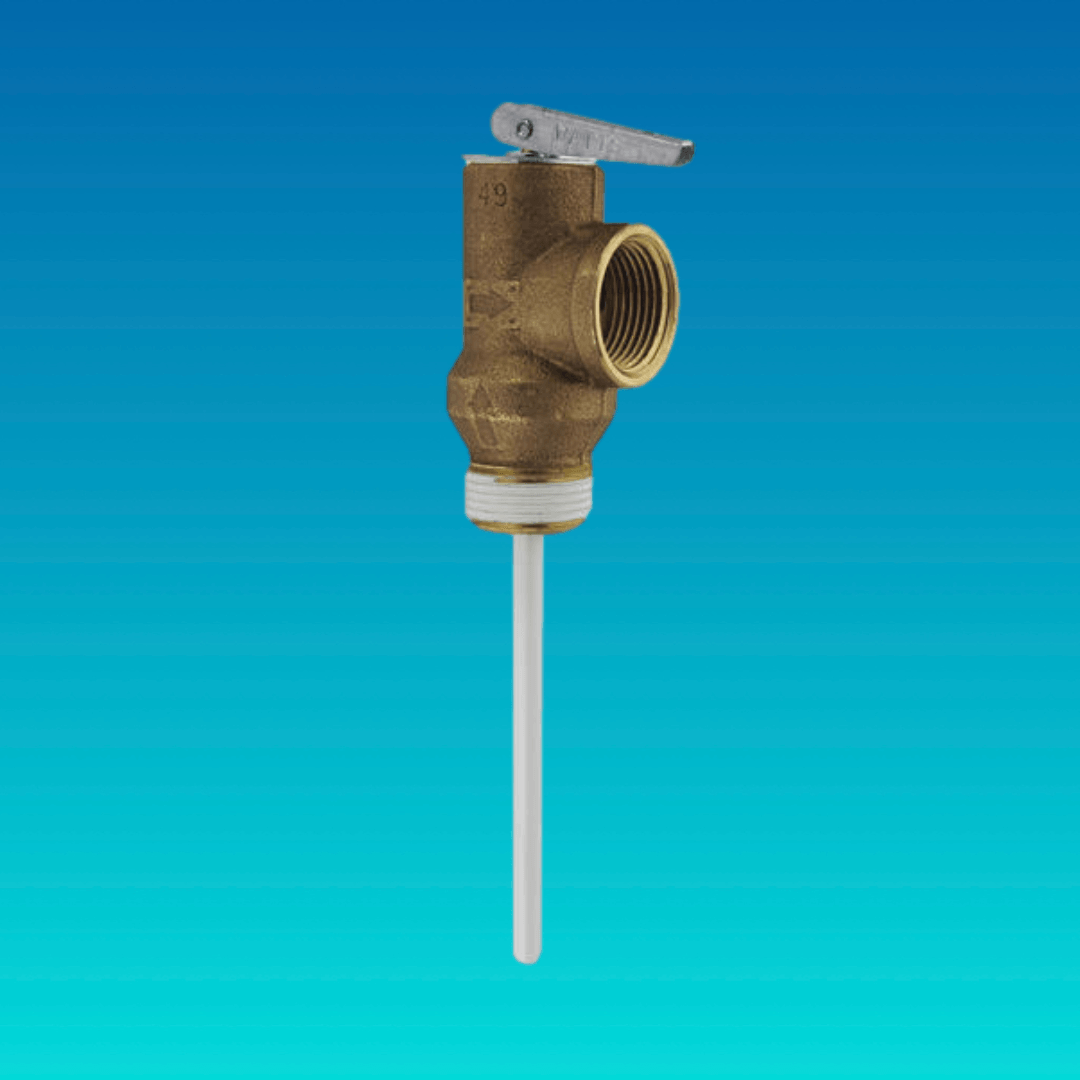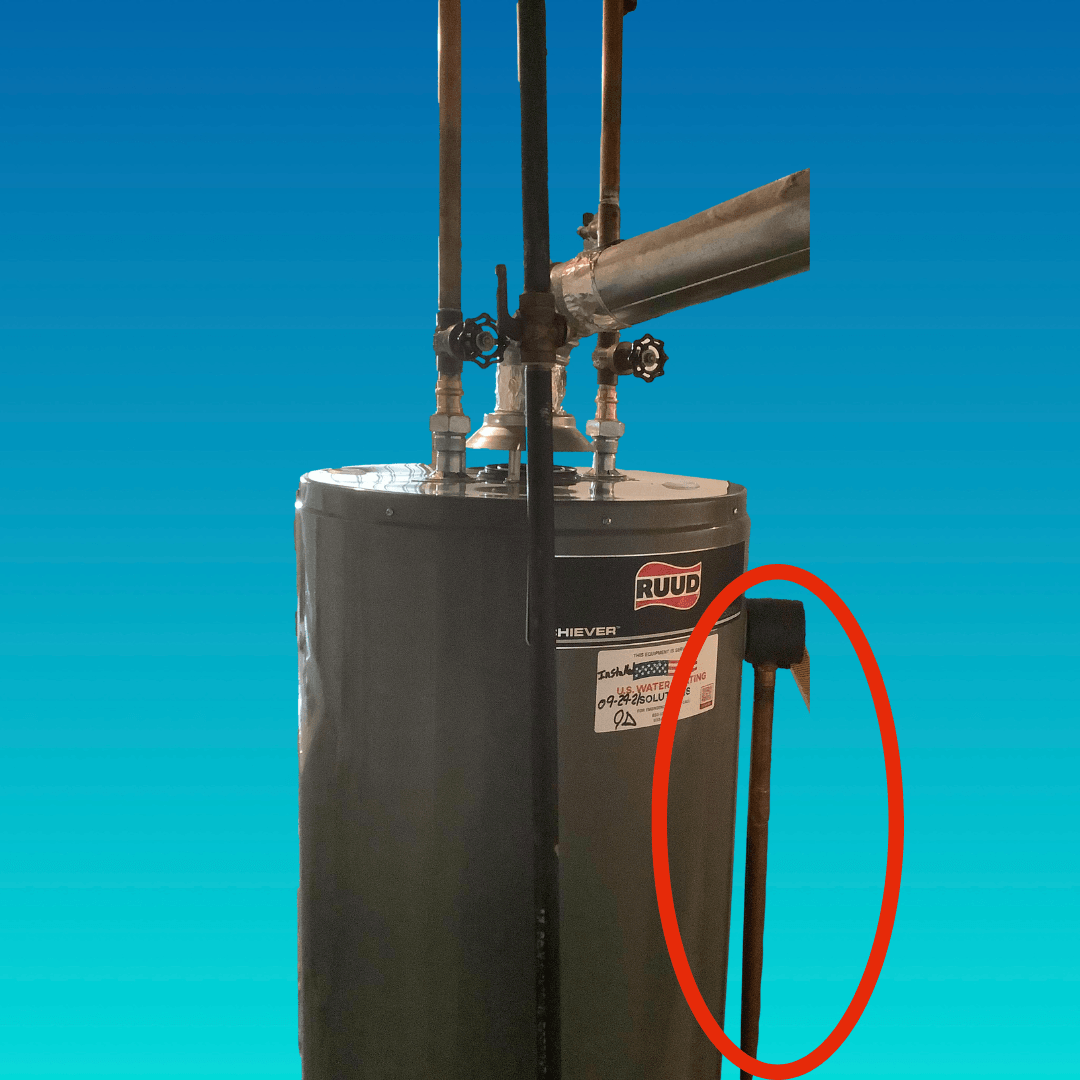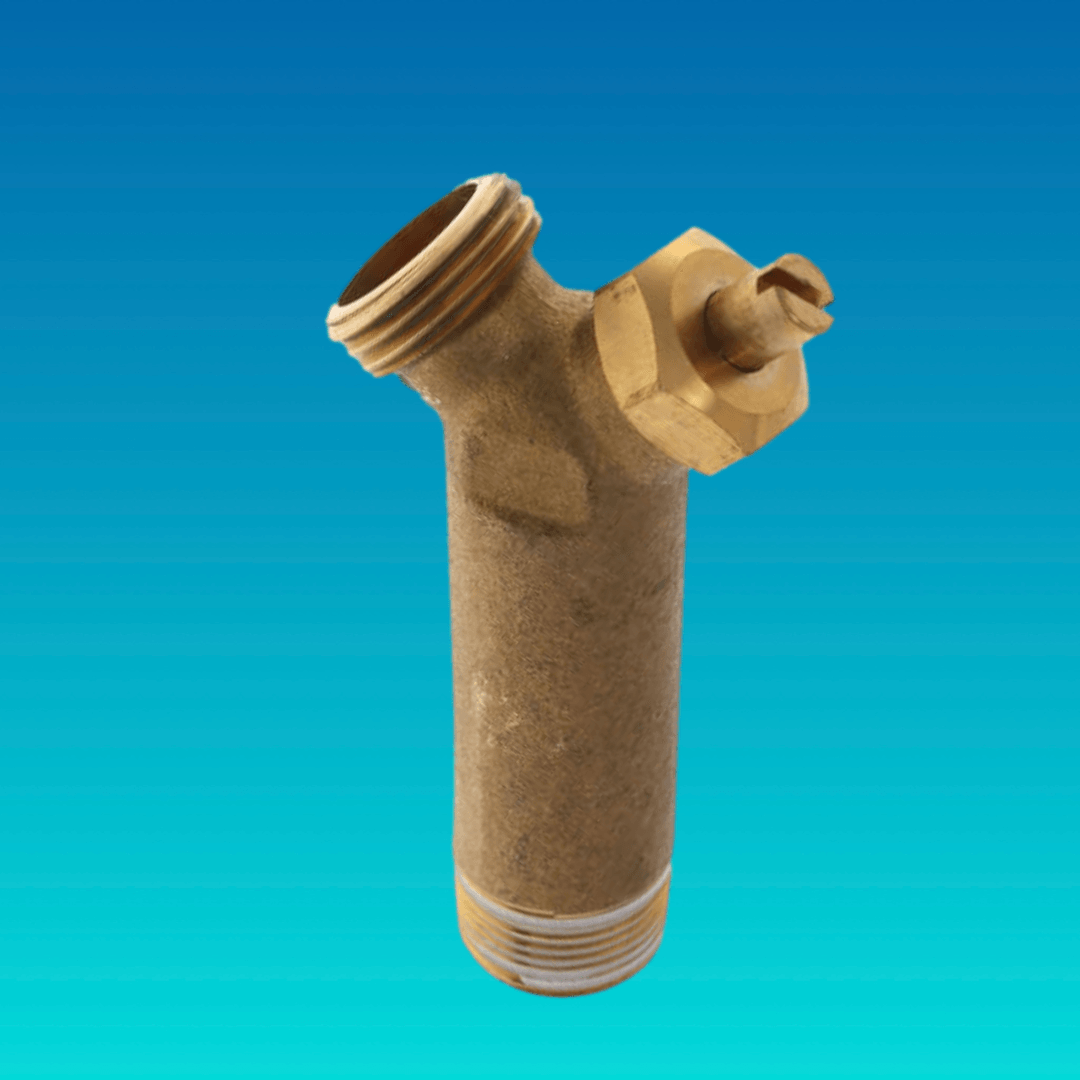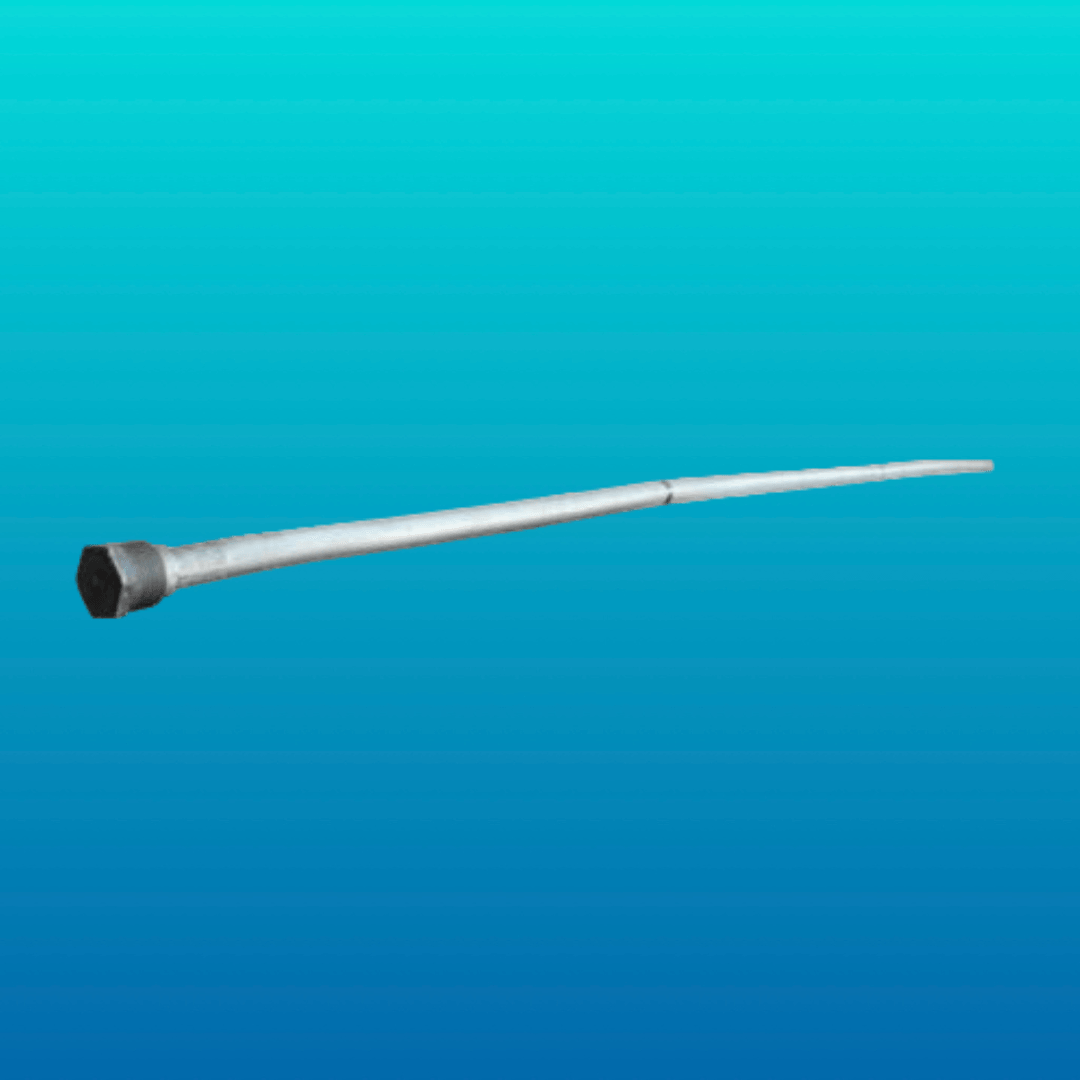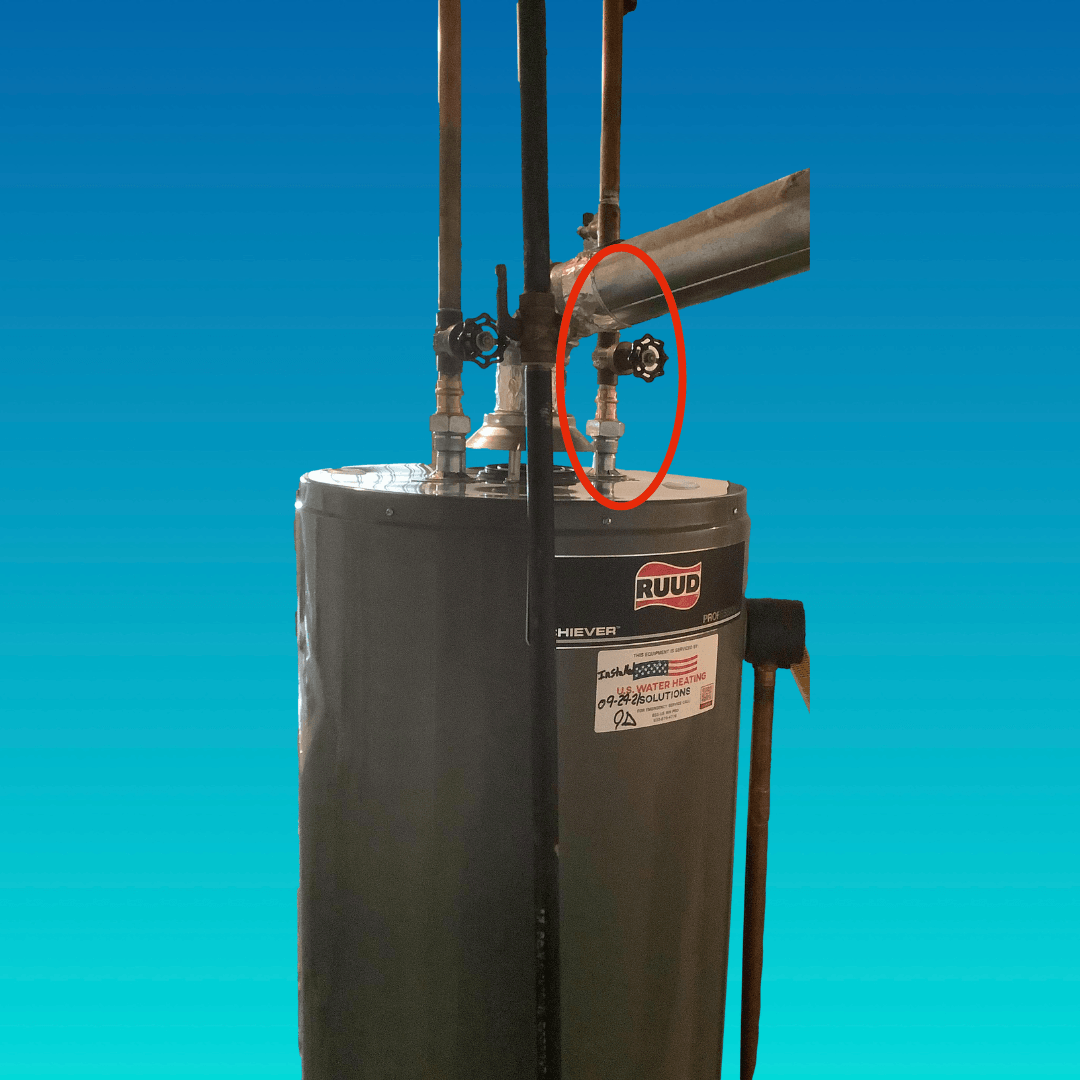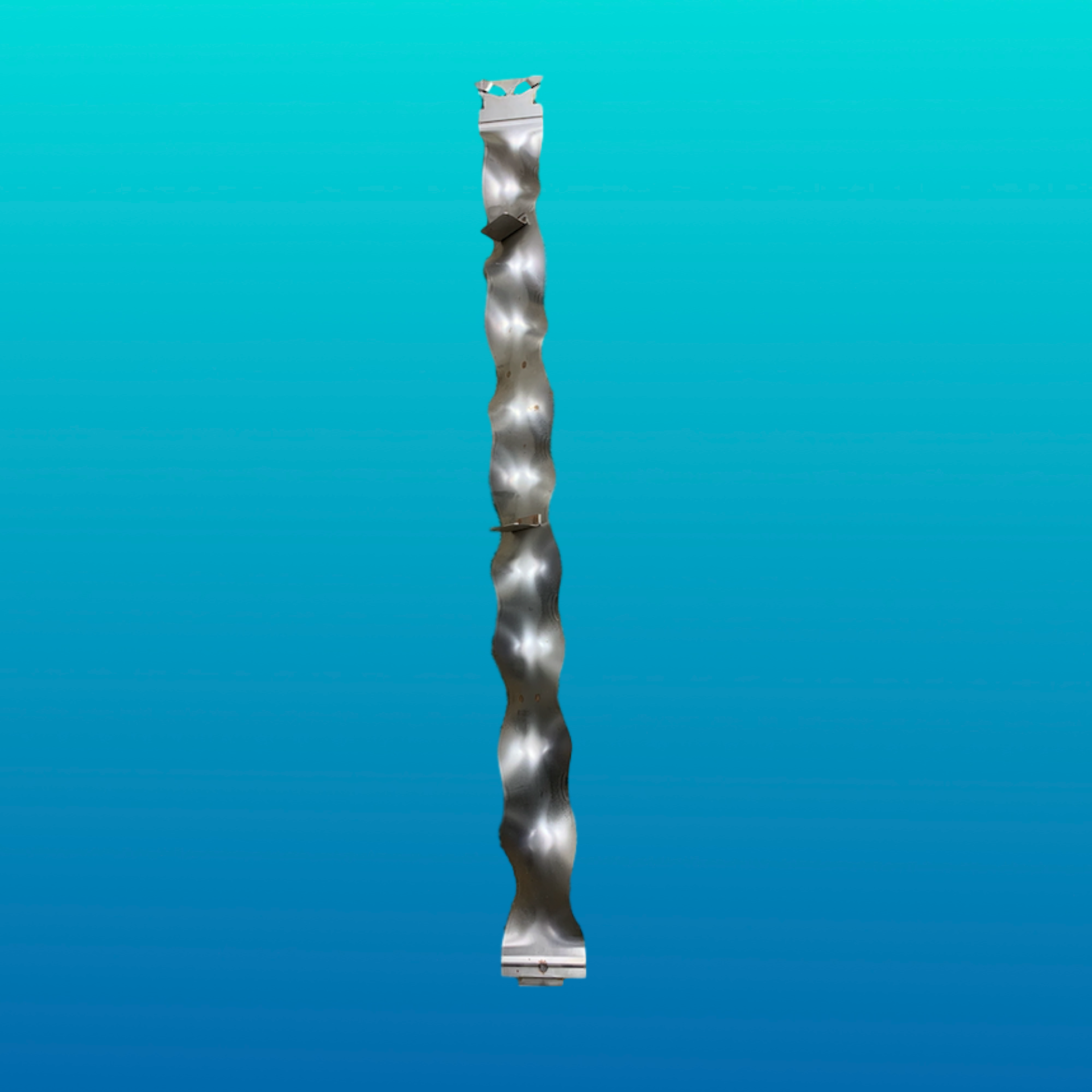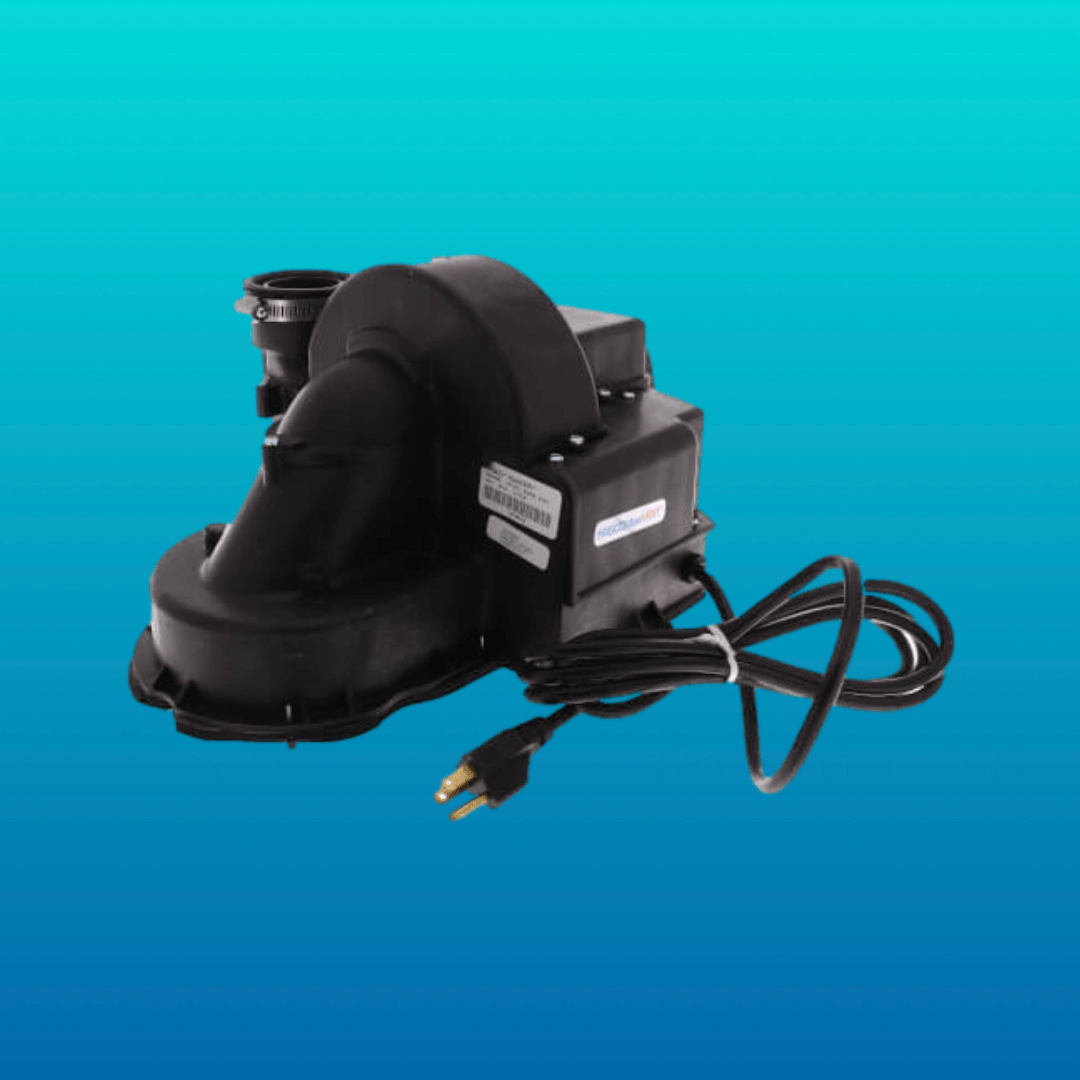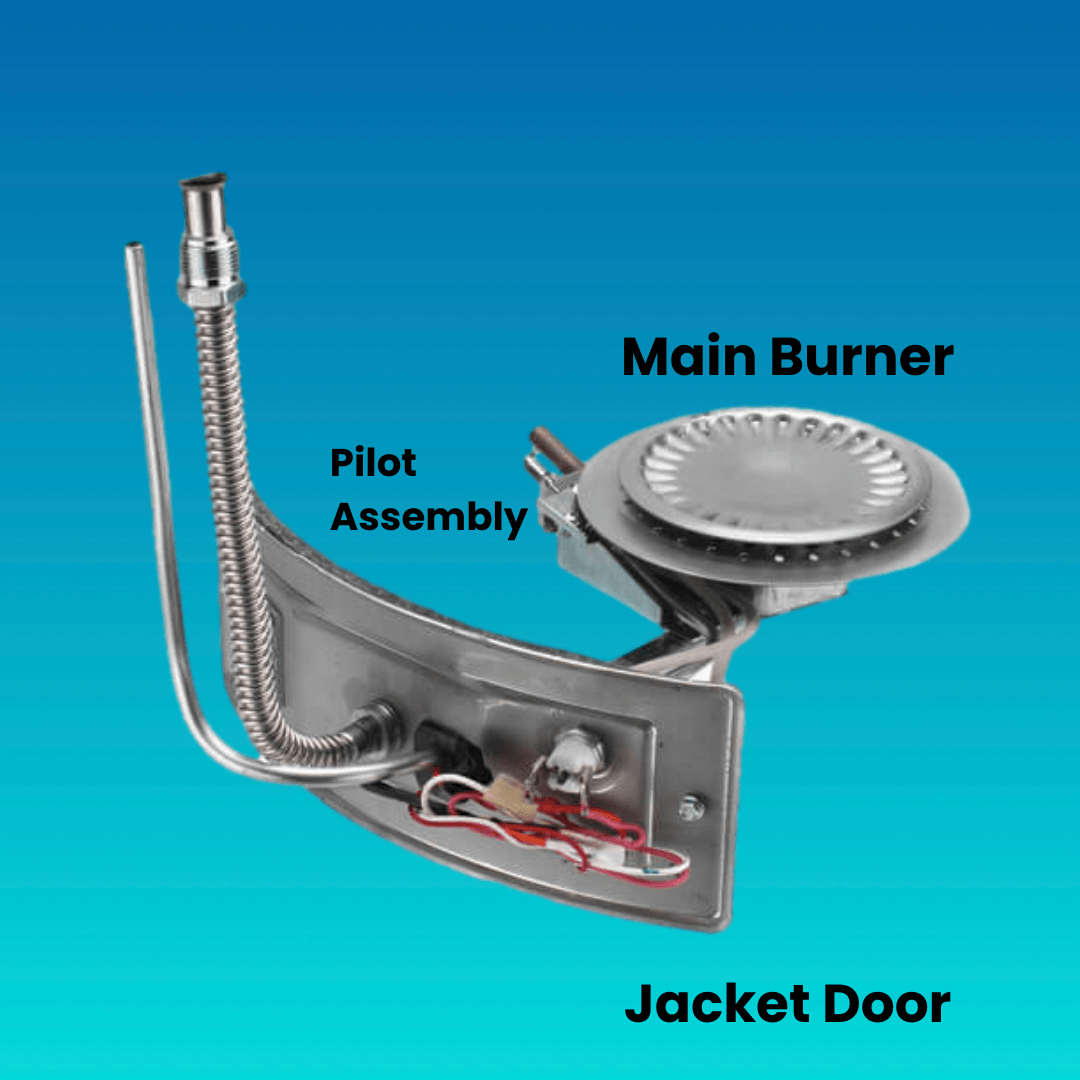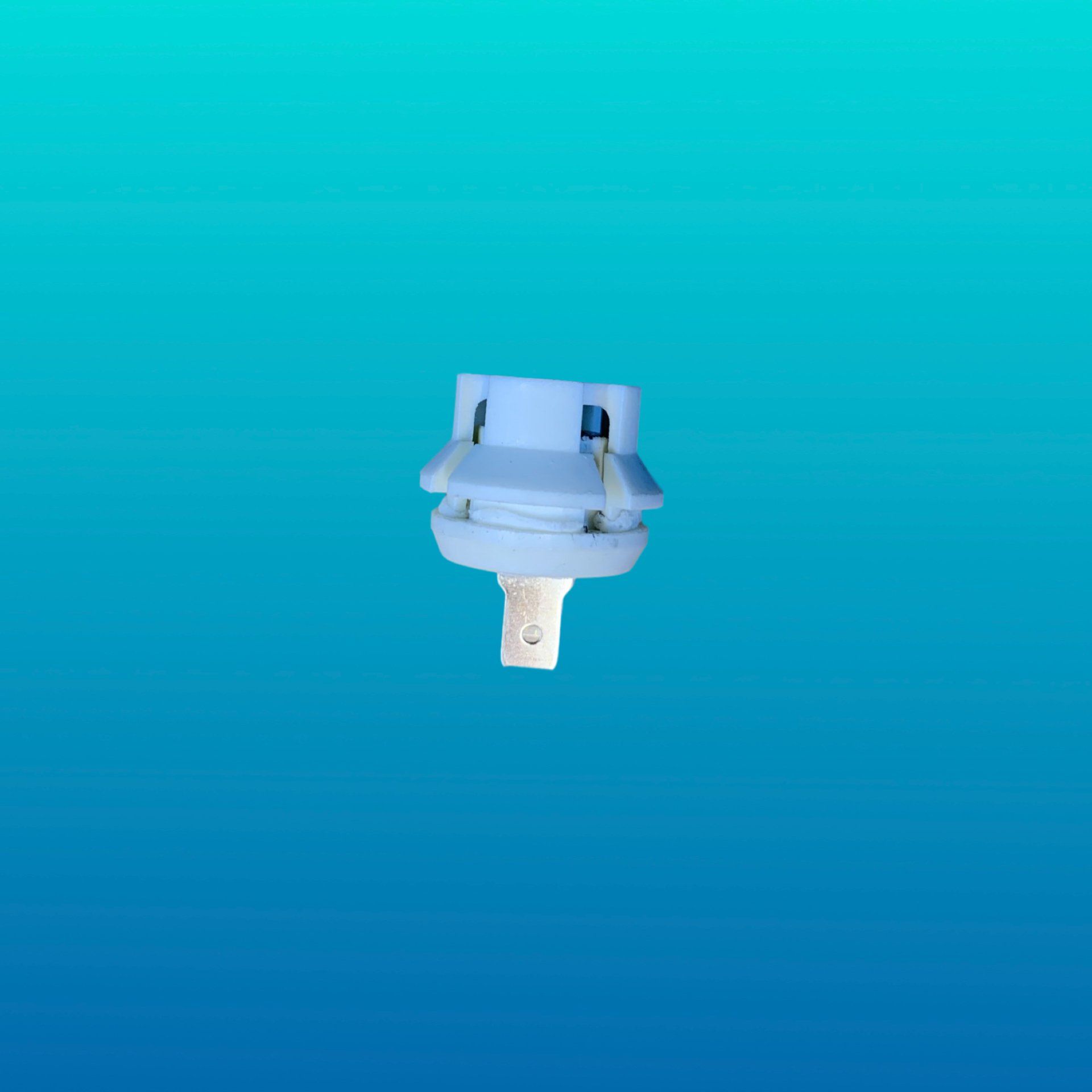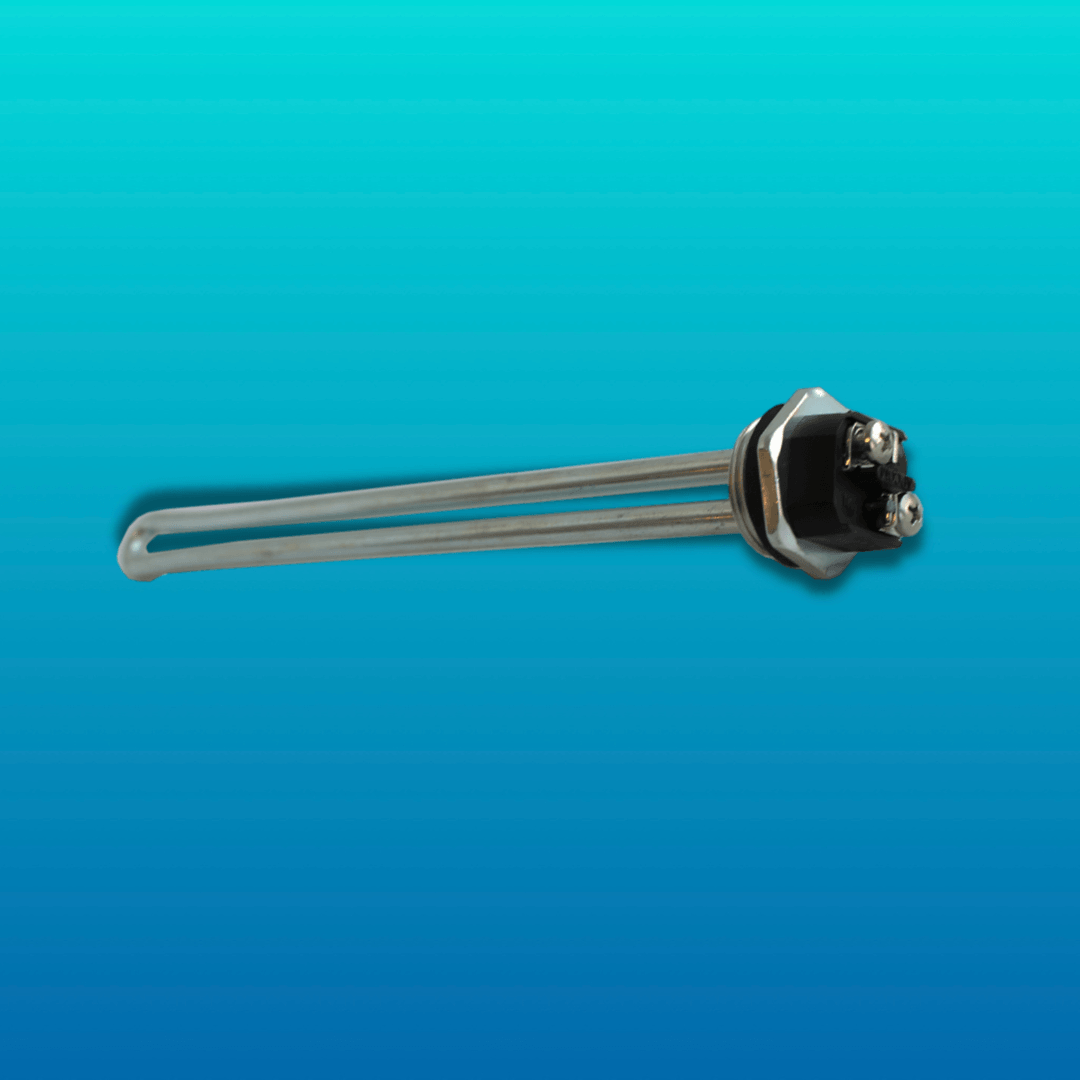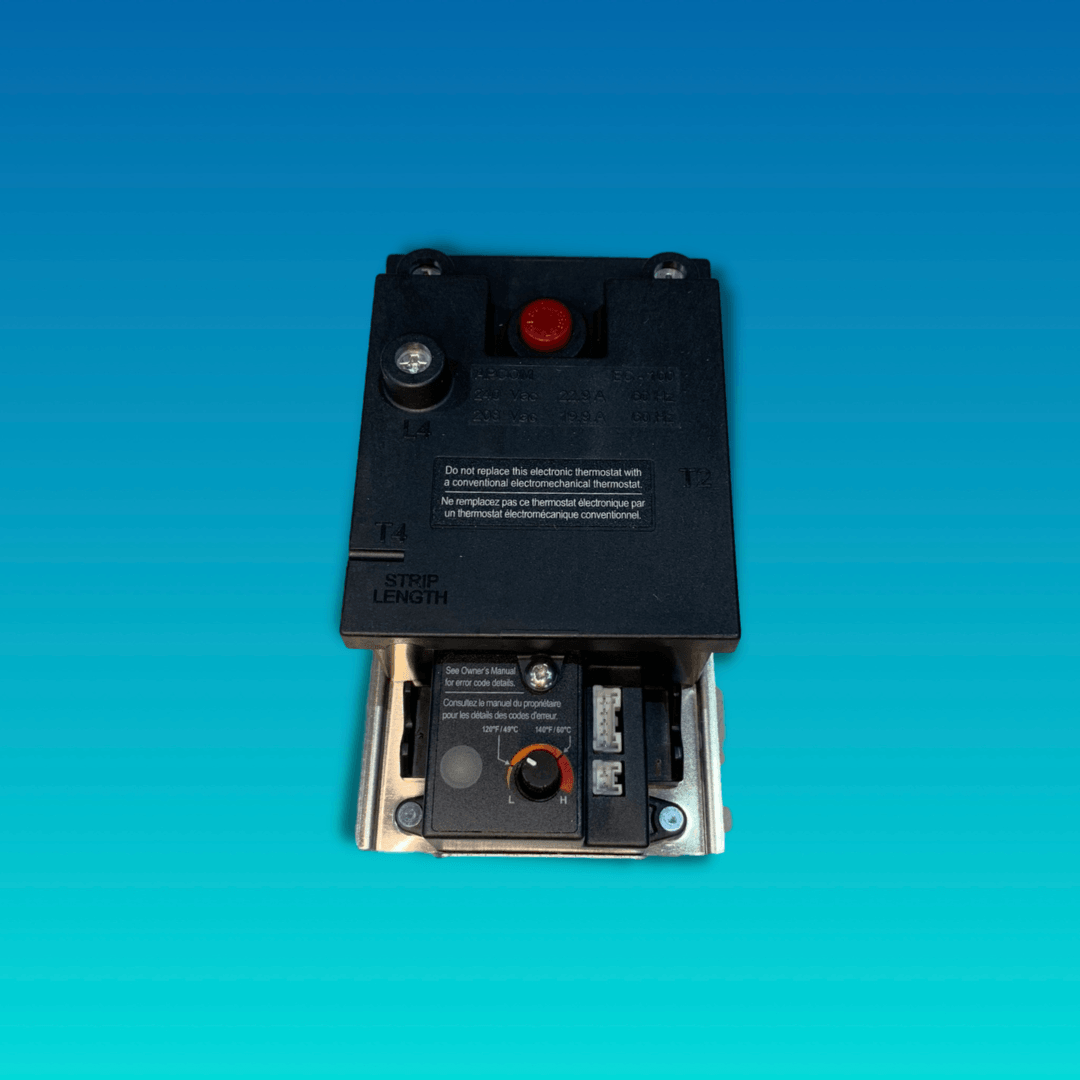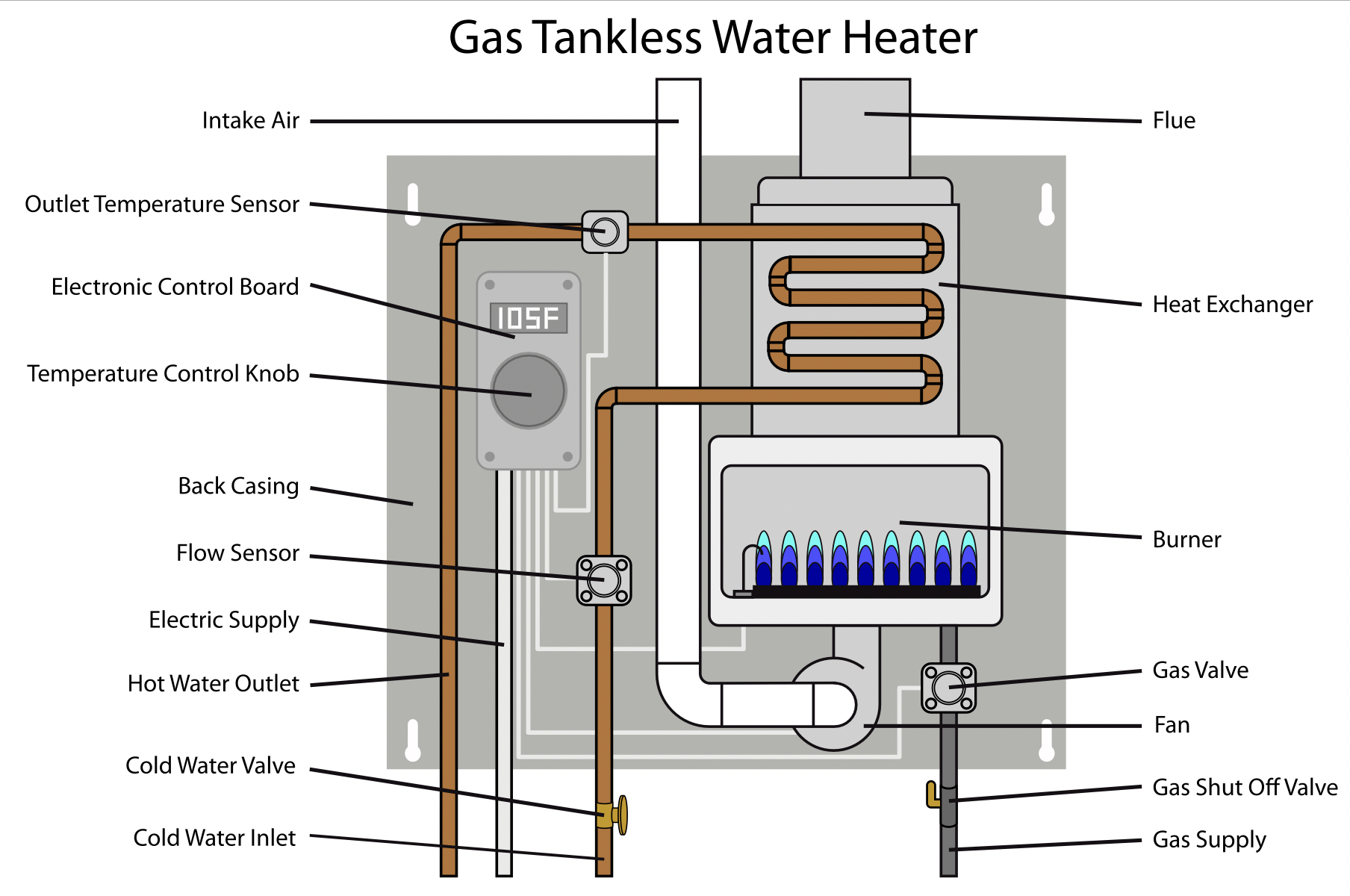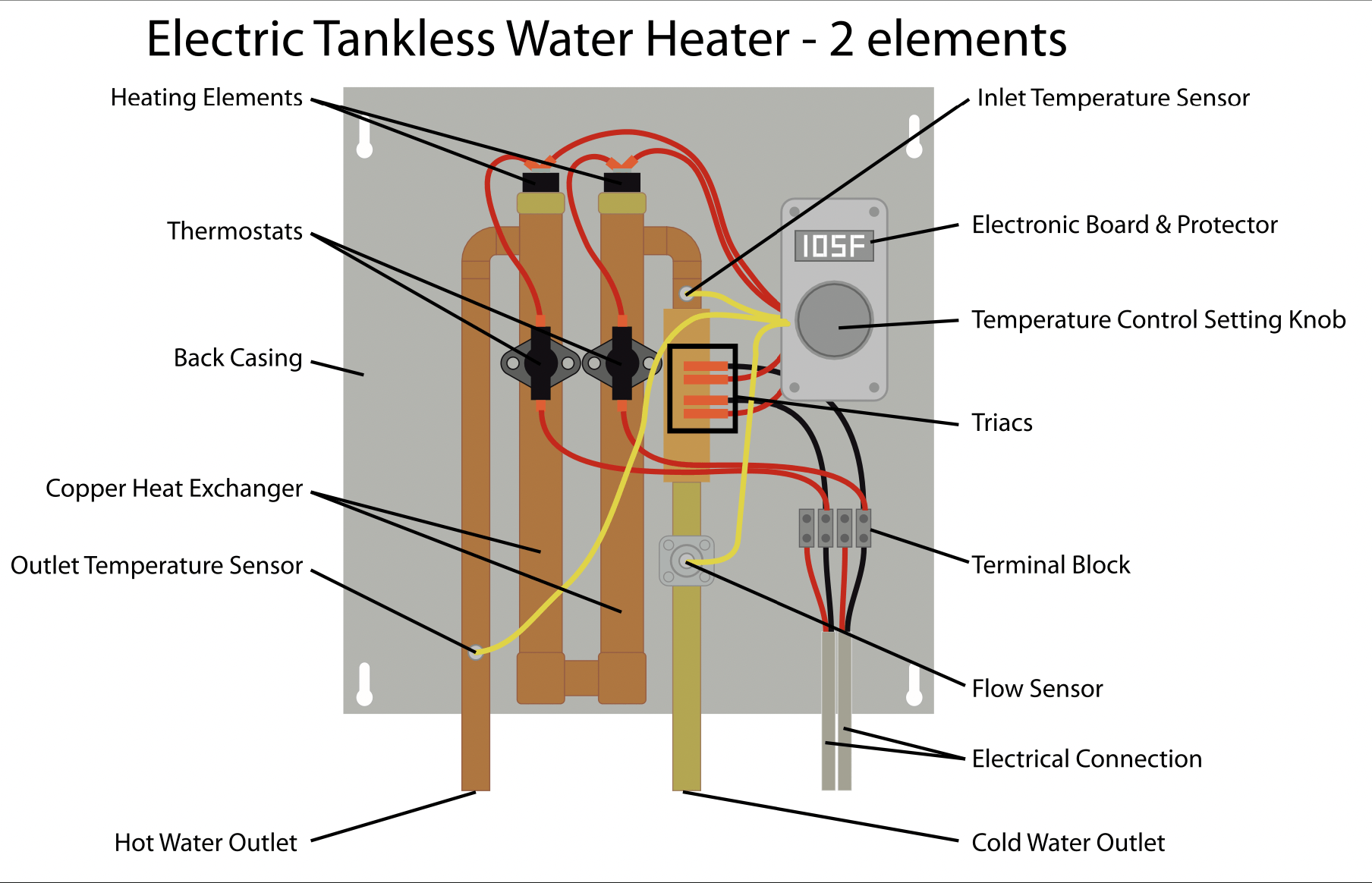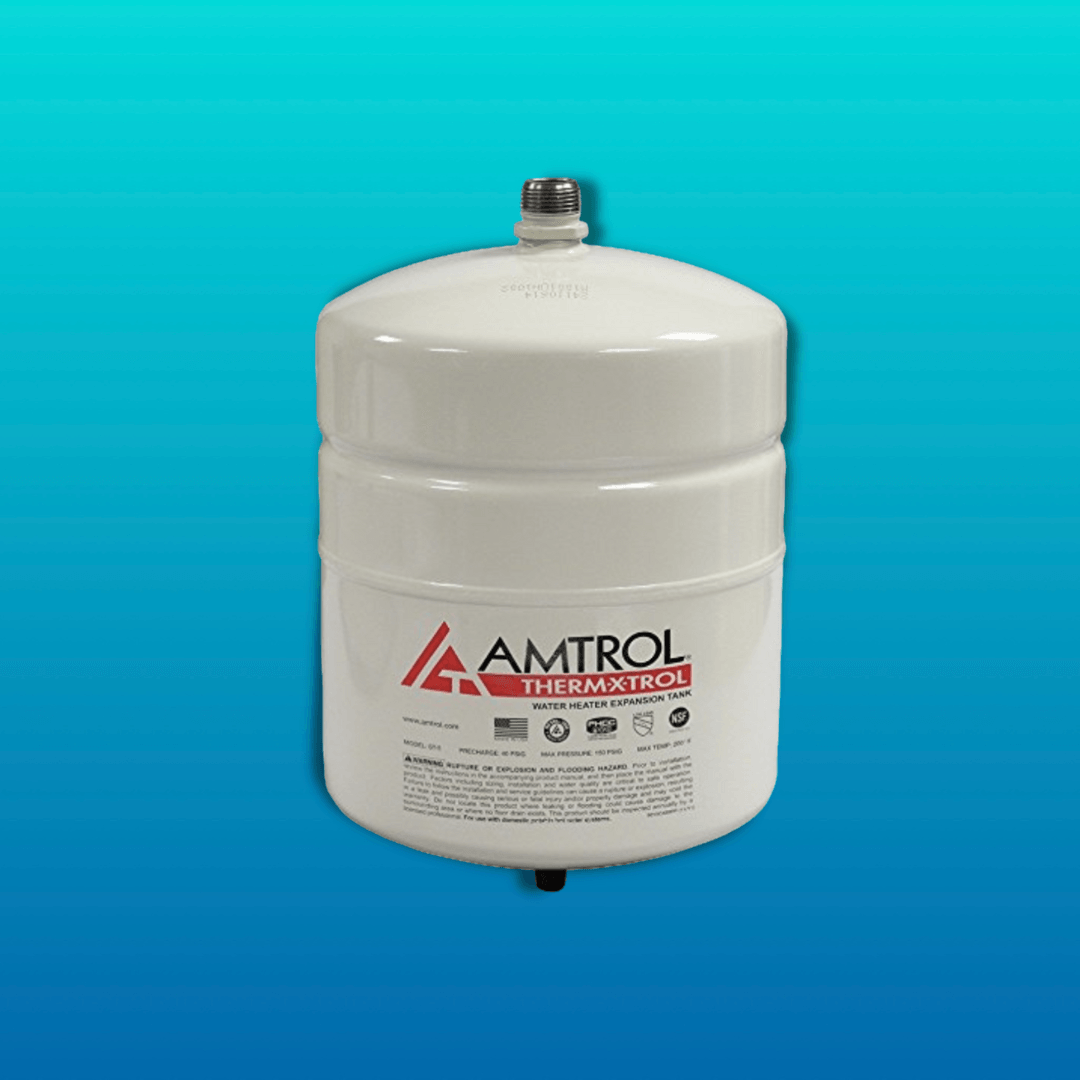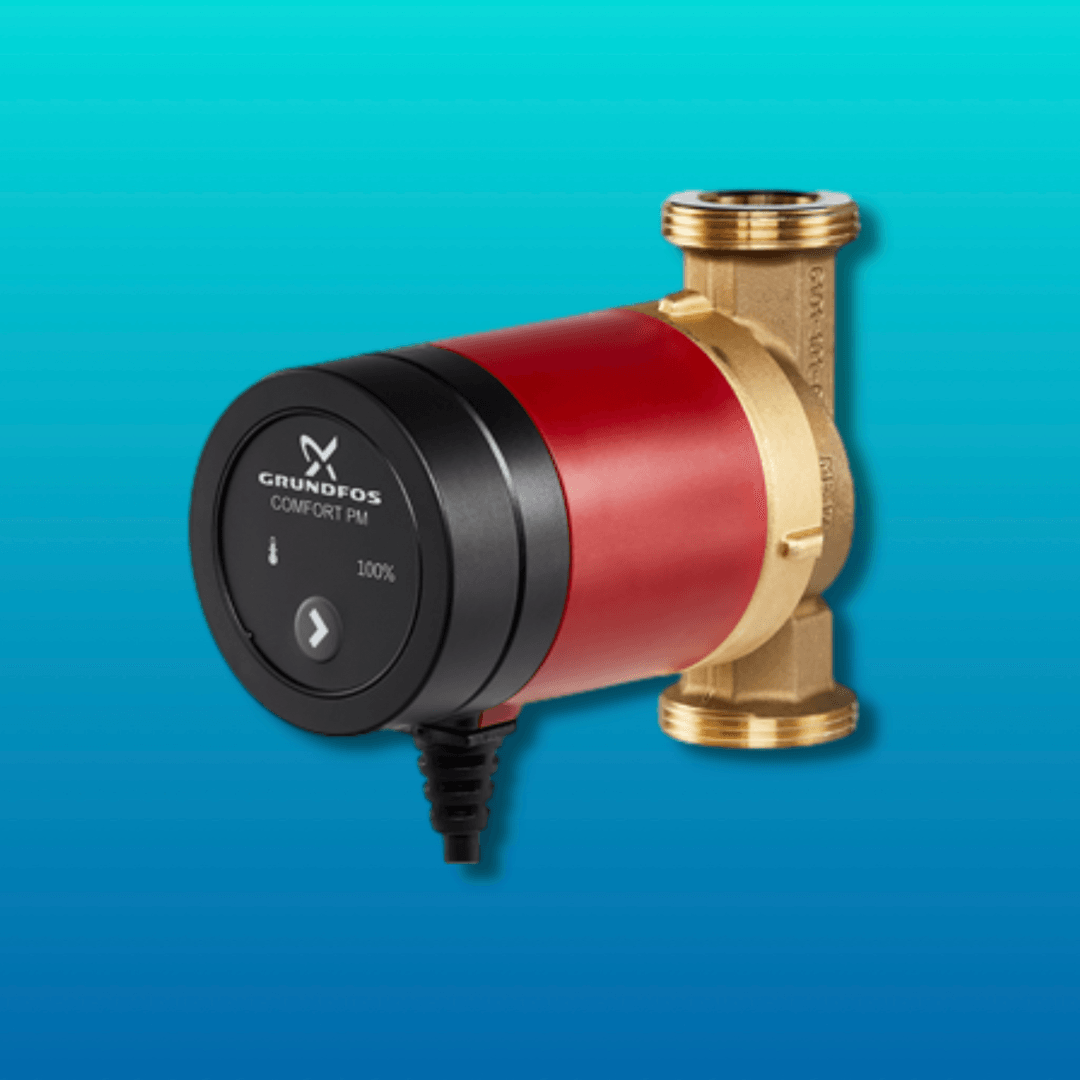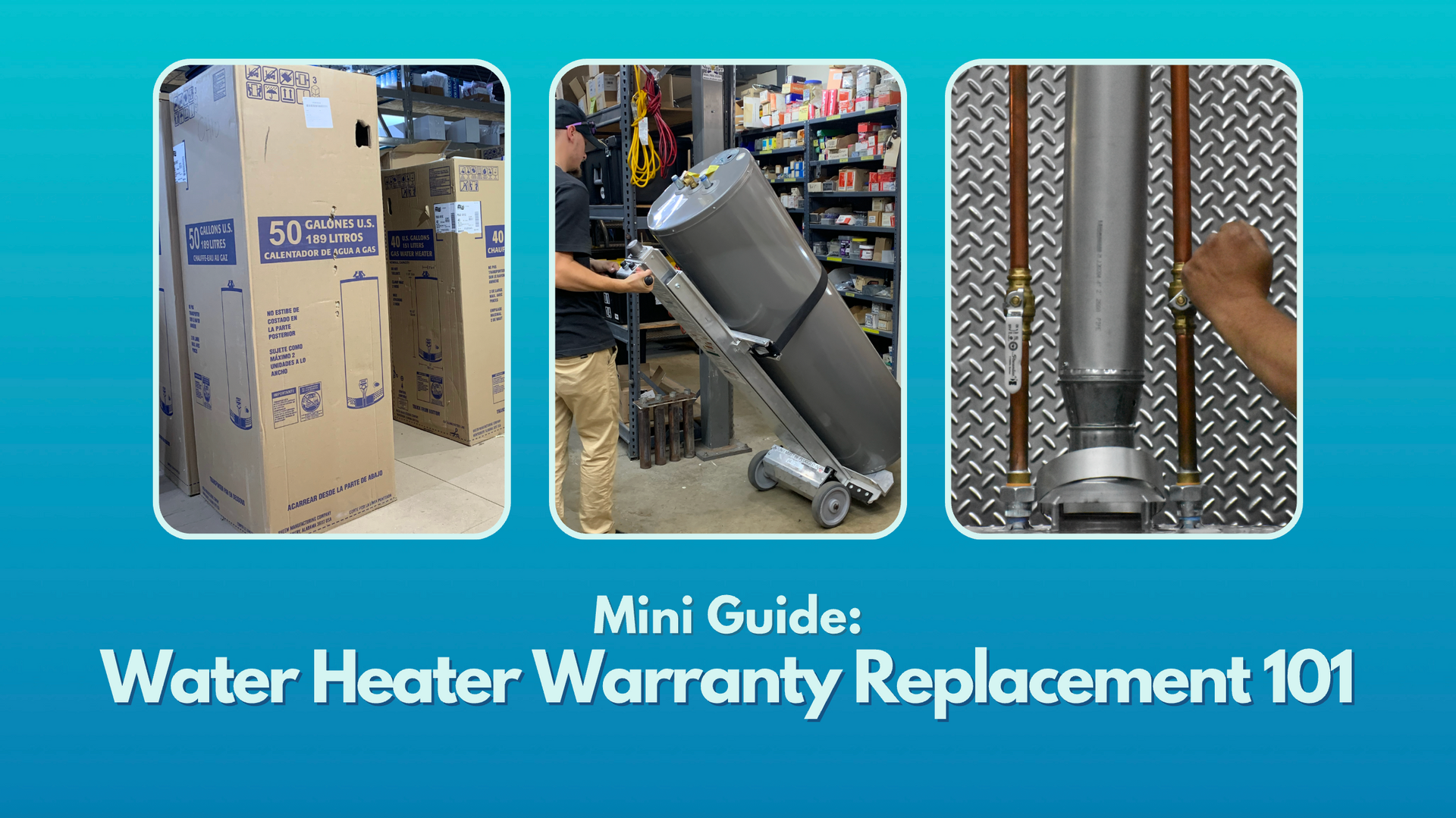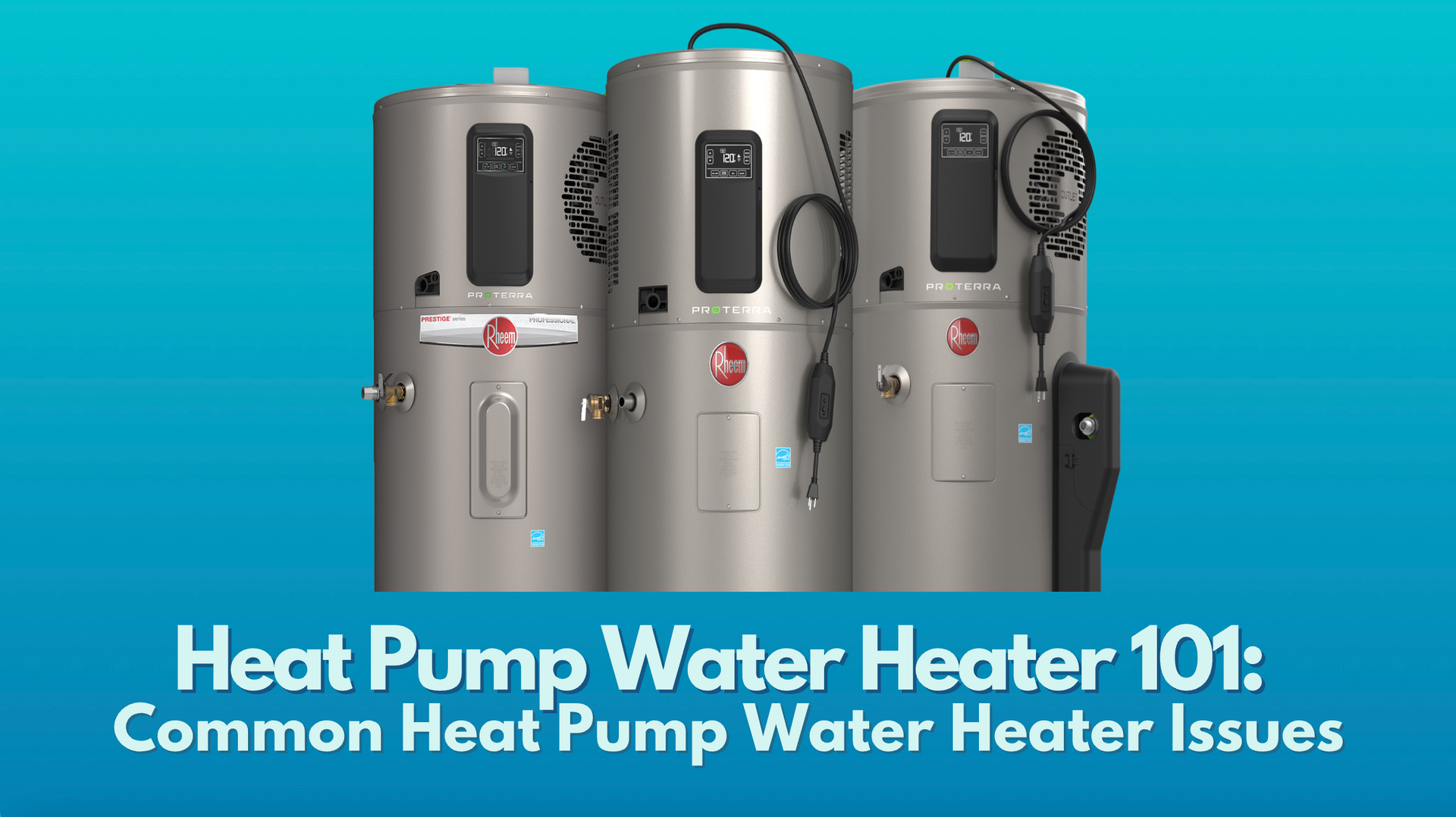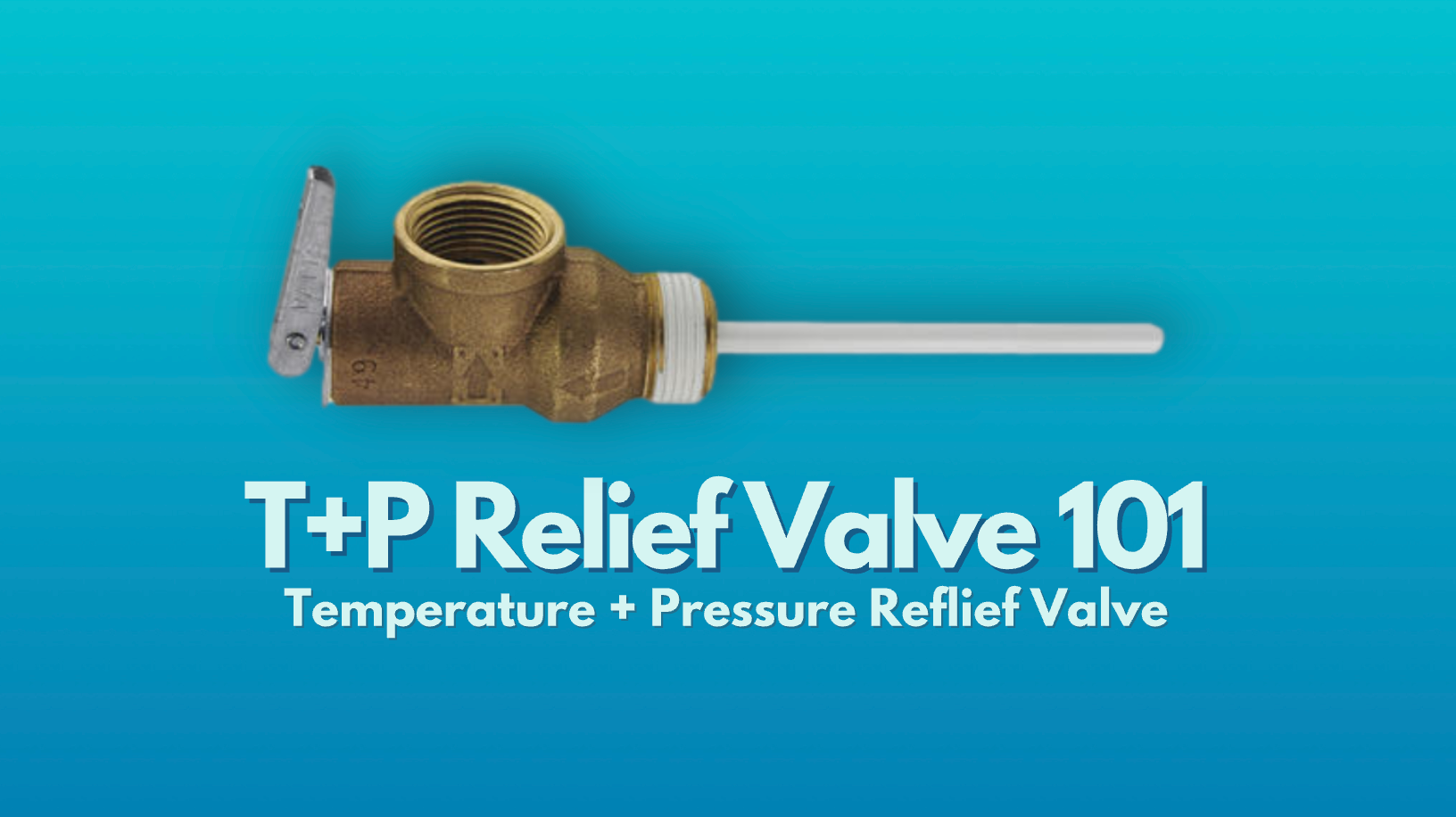An Overview of Water Heater Components
***DISCLAIMER: Not all parts and information provided here may apply to your specific water heater. PLEASE REFER TO YOUR MANUFACTURER’S INSTALLATION MANUAL FOR INFORMATION REGARDING YOUR SPECIFIC MODEL. IF YOU ARE ATTEMPTING TO SERVICE YOUR OWN HEATER, PLEASE DO SO WITH CAUTION. THIS ARTICLE IS MEANT TO PROVIDE AN INFORMATIVE + EDUCATIONAL SUMMARY AND DOES NOT SUPERSEDE OFFICIAL ONSITE DIAGNOSIS/REPAIRS OR INFORMATION FROM YOUR UNIT'S MANUFACTURER.***
Water Heater Parts And What They Do
At U.S. Water Heating Solutions, we see a water heater not as one device but as a combination of working parts and components that all play a role in the unit’s ability to function properly. Understanding the parts can help explain why certain problems occur. Even more importantly, getting the right part can help restore a water heater. We will cover the different types of water heaters and the parts that make up the whole unit. Below you will find our mini guide to water heater parts, organized by: common parts across tank type units, gas water heater specific parts, electric water heater specific parts, and tankless water heater parts.
Tank Type Water Heaters
The most common type of water heater has a large tank that holds the hot water until it’s needed. Here are some of the common components you’ll find on a storage tank water heater, regardless of its energy source.
Cold Water Inlet
The cold water inlet allows the cold water supply to enter the unit when open. You can close the attached valve to prevent water from filling the tank during maintenance and repairs.
Dip Tube
The dip tube guides cold water from the water supply to the bottom of the water heater, where it’s heated before mixing with the rest of the hot water.
T&P Relief Valve
The temperature and pressure relief valve (aka the T&P valve) allows pressure to escape from the tank when temperature and pressure levels get too high. You'll find the valve at the top of the overflow pipe.
Overflow Pipe / Discharge Pipe
The overflow pipe (aka the discharge pipe) is a piece of copper or flex line (material is regional plumbing code dependent) that hangs down from the T&P Relief Valve, on the exterior of the tank. This pipe provides an outlet for excess pressure to escape the tank if temperature and pressure levels get too high.
Drain Valve
The
drain valve at the bottom exterior of the water heater allows users to drain the tank for
maintenance and/or replacement.
Anode Rod
Since tanks are made of metal, they all corrode over time as a result of natural minerals in the water. This occurs despite the tanks having a protective glass lining. A sacrificial anode rod inside of the water heater assists in absorbsorbing corrosive material so that the anode rod corrodes instead of the tank.
The three most common types of anode rods include:
- Aluminum
- Zinc
- Magnesium
Some homeowners choose to use a powered anode rod. A powered anode rod doesn’t require regular replacement., however, they are the most expensive.
Hot Water Outlet
The hot water outlet is where the hot water exits the water heater and travels to the desired fixture.
Gas Water Heaters
Gas water heaters are the most common type of water heater. They produce hot water quickly, and gas costs significantly less than electricity. Although there are two different types of gas that may be used as a fuel source for water heaters (natural gas and LP/liquified petroleum), gas water heaters share a variety of parts in common, however parts for a natural gas water heater and parts for a LP water heater are NOT
interchangeable. It also important to distinguish whether you have a standard atmospheric water heater, power vent water heater, direct vent water heater, or a mobile home water heater, as these different types of models will each have their own unique parts and venting requirements. Learn more about
the parts common to gas
water heaters below.
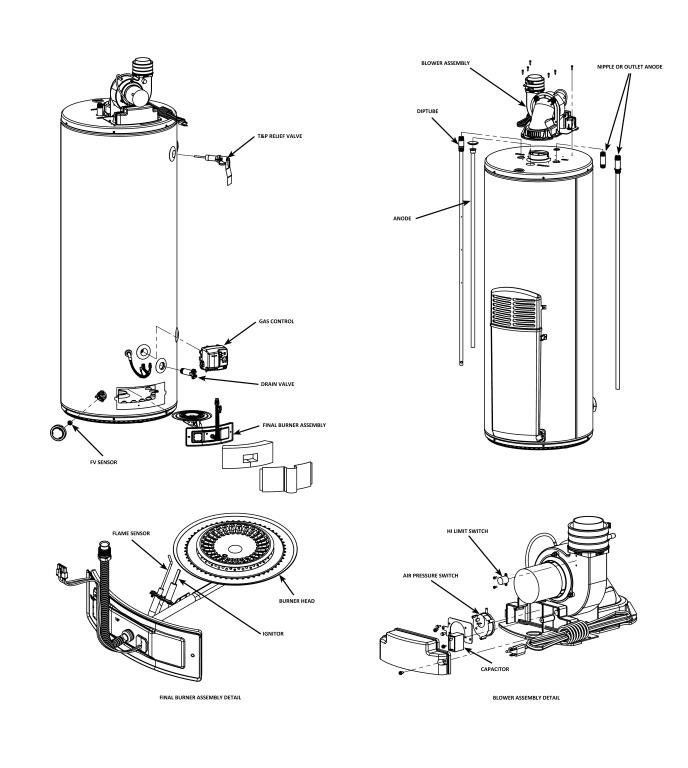
Flue Baffle
The flue baffle is the part of the water heater that leads toxic exhaust fumes called flue gasses up towards the draft hood on a standard atmospheric water heater or the blower assembly on a power vent water heater so that they can be expelled.
Draft Hood/Draft Diverter (Standard Atmospheric)
The draft diverter is a piece of aluminum or mixed metals, found on the top of a standard atmospheric gas water heater. The draft hood has a circular shape with three feet to support and secure it to the top of the unit; once the flue gases have been directed towards the top of the unit by the flue baffle, they must exit the unit via the vent run. The flue gases are then funneled into the venting by the draft hood whose diameter decreases to match the diameter of the vent pipe.
Blower/Fan Assembly (Power Vent)
Because a power vent gas water heater may be installed without a chimney nearby for venting, the unit contains an extra component known as the “blower” or fan motor that is essentially a fan. The blower helps push the exhaust fumes outside, especially in situations where the fumes can’t escape easily, as in the case of horizontal venting. The blower also cools down the temperature of the fumes. The blower requires a separate power source from the rest of the gas water heater.
Gas Valve
The gas valve allows the homeowner to open or close the gas supply coming to the water heater. The gas valve will shut off the gas but not the water supply.
Gas Burner
The gas burner provides the heat source for the water heater. It’s the main part of the burner assembly at the bottom of the water heater.
Pilot Assembly
The pilot assembly is the ignition source for the gas burner. There are two types of pilots available: traditional open flame pilots and electronic spark ignition pilots. Spark ignition pilots require a power source, while traditional pilots do not.
Thermocouple
Another part of the pilot assembly, the thermocouple is a safety feature that automatically opens and closes the gas valve when necessary.
Flammable Vapor Sensor (FV Sensor)
A
flammable vapor sensor is another safety device that detects flammable vapors, such as gas or ammonia. If vapor levels triggers the sensor, it prevents the water heater from running until vapor levels return to normal, the unit is reset, or the FV sensor is replaced.
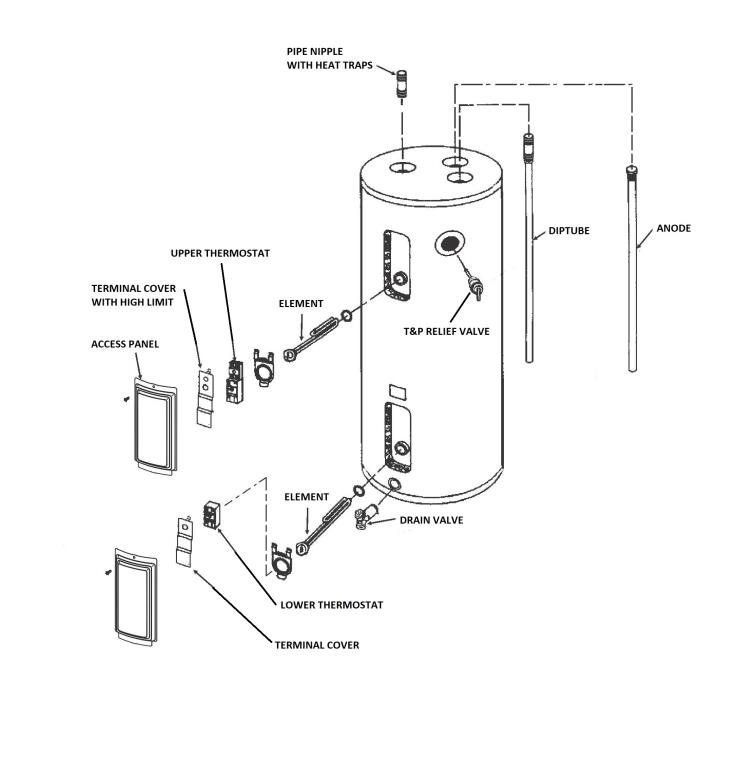
Electric Water Heaters
An electric water heater offers a safe and reliable alternative to natural gas and LP water heaters. Residential electric water heaters often have less parts than natural gas water heaters because there are only two main parts responsible for heating the water. Learn some of the parts unique to electric water heaters and their respective functions below.
Electrical Supply/Breaker
An electric water heater requires power. Therefore, the unit will have to have a power supply. The cord should have its own dedicated outlet with enough power to support the electrical requirements (varies by unit) and a properly sized breaker to ensure that the unit does not overheat, posing a safety hazard.
Heating Element
A heating element is a metallic rod that heats up, heating the water that comes into contact with it. In most cases, water heaters have two heating elements. The two heating element design allows the unit to heat water more efficiently. The bottom heating element heats up water first. The second heating element heats water at the top of the tank when it loses heat, or the demand for hot water is especially high.
Thermostat (T-Stat)
Electric water heaters use a thermostat to monitor and change the temperature. The unit will have a separate thermostat for each heating element.
Tankless Water Heaters
The newest option in hot water technology, tankless water heaters still haven’t made it into most households yet, but more and more people are making the switch to tankless. If you have a tankless upgrade, there are a couple of unique parts you should know about.
Flow Sensor
The flow sensor in a tankless water heater determines the water flow entering the unit. Most tankless water heaters require a minimal water flow before it will produce hot water.
Control Panel
The control panel on the tankless unit allows the user to change the temperature and may offer additional features, such as diagnostic codes.
Heat Exchanger (Gas)
In a gas tankless water heater, the water heats up in a casing known as a heat exchanger located above the burner, meaning the water never comes into contact with a direct flame.
Additional Components
Expansion Tank
You may notice a small tank attached to your water heater known as an expansion tank. When water heats, it expands. The thermal expansion puts pressure on the tank unless it has somewhere to go, as with the expansion tank.
Recirculating Pump
A recirculating pump works to provide hot water on demand using a pump to move the hot water quickly and reuse the unused hot water back to the water heater.




